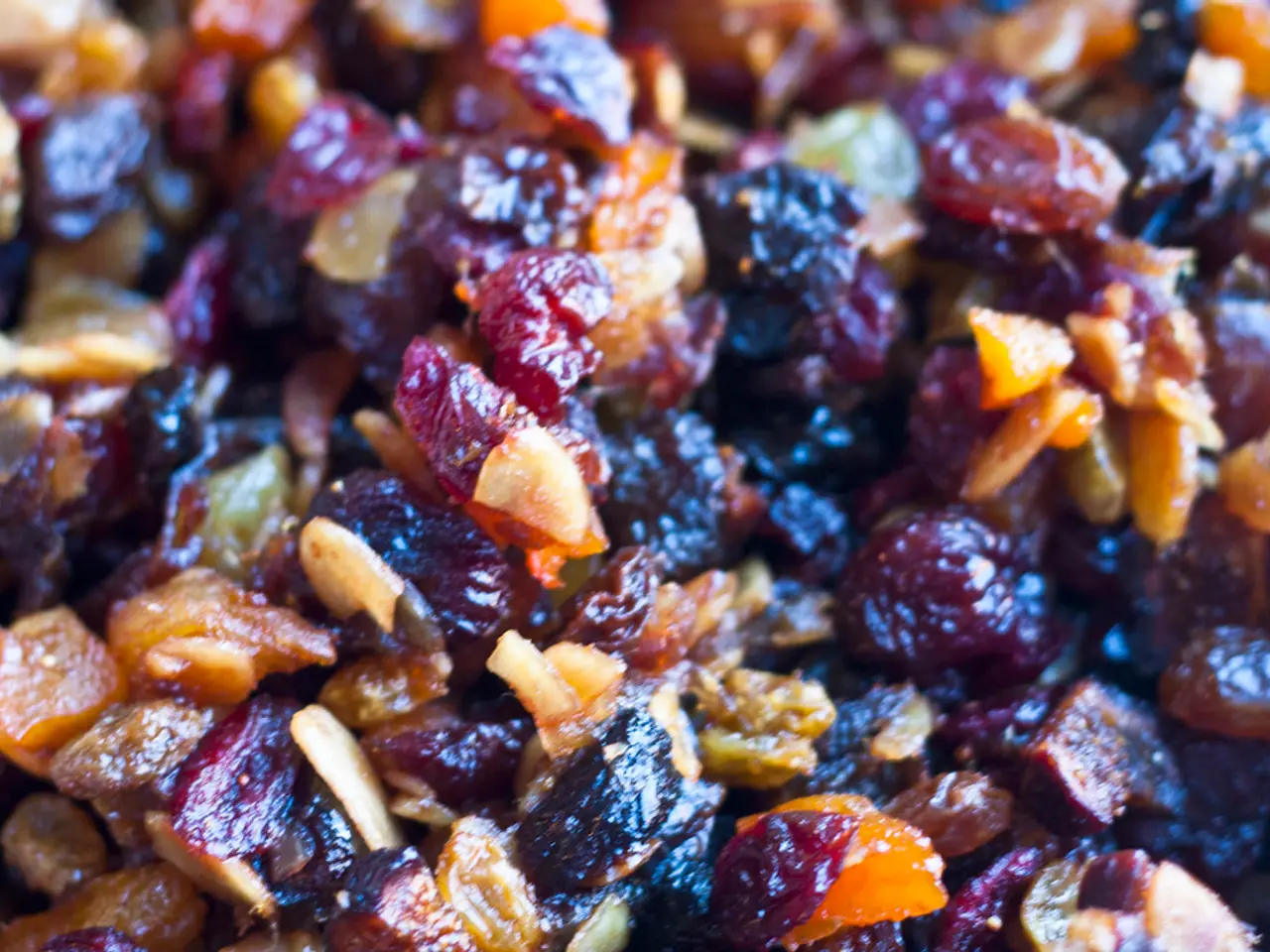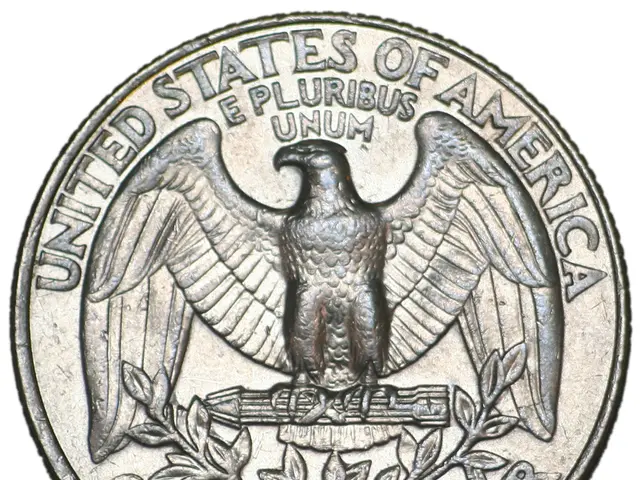Projected Growth of Flavor Enhancers Industry to Top USD 20.4 Billion by 2034
The world of processed foods is undergoing a significant transformation, thanks to the growing use of flavor enhancers. These substances are added to meals to restore the taste lost during processing, ensuring flavor consistency across batches.
In 2024, the market for flavor enhancers was dominated by processed foods, holding a 34.7% share. Asia-Pacific currently leads the market, with a valuation of USD 5.1 billion, accounting for 31.68% of the global market share.
The region's dominance is attributed to several factors, including urbanization, rising disposable incomes, and consumer preference for premium and culturally relevant flavors. North America and Europe follow, supported by strong regulatory frameworks, technological advancements in flavor development, and sustainability initiatives.
The food manufacturing sector in Asia-Pacific supports the large-scale adoption of both natural and powdered flavor enhancers. Powdered flavor enhancers led the market by form in 2024, accounting for 54.8% of the market share. These are favored for their long shelf life, formulation flexibility, and ease of use in diverse food applications.
The market is expected to grow at a compound annual growth rate (CAGR) of 5.9% from 2025 to 2034, driven by various factors. These include the increasing consumption of convenience and processed foods, consumer preference for bold and unique flavors, rising demand for monosodium glutamate (MSG), low cost and wide availability of flavor enhancers, and growing application in the beverage industry.
Other significant drivers are increasing awareness of health and wellness, demand for ethnic and tasty portable meals, rising disposable incomes, and expanding population. Major companies in the market include Cargill (U.S.), Tate & Lyle (U.K.), Associated British Foods plc (U.S.), Corbion N.V. (Netherlands), and Sensient Technologies (U.S.).
In Europe, there is a focus on clean-label ingredients and natural food additives in the flavor enhancers market. Natural flavor enhancers are sourced from yeast extracts, plants, and fermentation processes.
The market is also witnessing growth in North America, Latin America, and the Middle East & Africa, driven by shifting dietary habits and a growing preference for packaged food. For instance, dsm-Firmenich started construction of a new flavor and functional blends production facility in Parma, Italy, expected to be operational by Q1 2027.
In 2024, natural flavor enhancers held a dominant 46.2% market share. Cargill reported growing consumer demand for protein-rich and bold-flavored foods, driving innovation in sodium-reduction solutions at IFT First 2025. The global flavor enhancers market is projected to reach USD 20.4 billion by 2034.
In summary, Asia-Pacific dominates the flavor enhancers market due to consumption patterns and economic developments, while convenience foods, unique flavor demand, and cost factors are principal growth drivers globally.
- As the food manufacturing sector in Asia-Pacific heavily relies on processed foods, the finance and business sectors have significant opportunities for growth, given the projected CAGR of 5.9% for the flavor enhancers market in the region from 2025 to 2034.
- In Europe, despite the preference for clean-label ingredients and natural food additives, the finance sector plays a crucial role in the flavor enhancers market, as investments in research and development for natural flavor enhancers are essential for maintaining a competitive edge.






